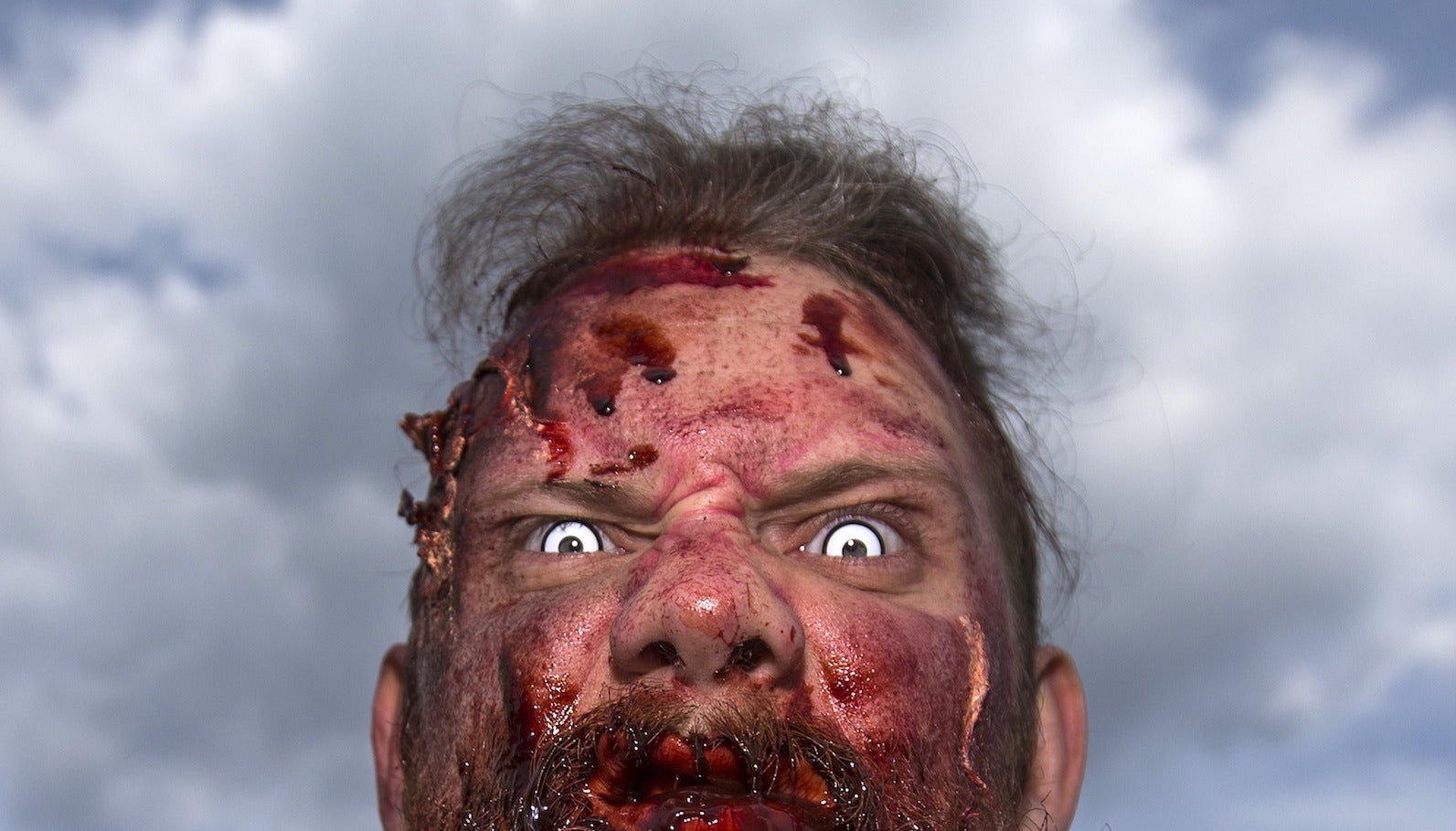One out of every 10 American companies is a “zombie”
For the better part of a decade, central banks, including the Federal Reserve, have kept markets supplied with easy, cheap money, including the lowest interest rates in modern history. Firms and individuals have responded by borrowing more, especially in the US.


For the better part of a decade, central banks, including the Federal Reserve, have kept markets supplied with easy, cheap money, including the lowest interest rates in modern history. Firms and individuals have responded by borrowing more, especially in the US.
This era is now coming to an end and there is increasing interest in tracking the companies that will be the most vulnerable to default when interest rates rise. The Bank for International Settlements (BIS)—the central bank for central banks—has a name for these companies that are unable to cover interest payments with profits: zombies. Technically, a zombie is a publicly traded firm that’s 10 years or older with a ratio of earnings before interest and taxes (EBIT) to interest expenses of below one.
And zombie firms have been on the rise, even with very low interest rates. According to the BIS, the share of zombie companies in the US doubled between 2007 and 2015, rising to around 10% of all public companies. This likely understates the number because corporate leverage has surged in the last two years and a company doesn’t have to be as far gone as a zombie to be at risk of default with a rise in rates.
The International Monetary Fund (IMF) worries about a broader group of companies, describing any company with an interest-coverage ratio of less than two as either “weak” or “vulnerable.” Our analysis of this broader group shows that many sectors have their share of zombie companies but they are particularly prevalent in the energy sector. This is likely because of low oil prices have suppressed earnings over the past few years.
Beyond energy, there is significant market capitalization of zombies (or companies at risk of becoming zombies) in information technology, real estate, consumer discretionary, and telecommunication services sectors. All told. these companies have an aggregate market cap of more than $2.3 trillion, or about 10% of the total US market.
This is not just a problem for the firms and their investors and employees. There’s increasing evidence (pdf) that zombie firms contribute to the broader problem of low productivity and wage stagnation. Less efficient companies suck up more resources than they should, slow down the adoption of new technology, widen the gap between frontier firms and laggards, and increase the chances that skills and jobs across an economy are mismatched. Under more usual market circumstances, these companies would likely fail, leading to job losses.
For zombies, rising interest rates are a concern. UBS research analysts expect economy-wide interest payments to increase by 7-8% in 2018, requiring an equivalent increase in EBIT to offset the increasing costs. But, as pointed out by 13D Research, perhaps just as much of a problem is that many more companies may be at risk but are disguised by complex corporate financial engineering and instead appear to be in good health. With a record high of close to 75% of all leveraged loans having less rigorous compliance terms (they are “covenant lite”), potentially, lenders have less ability to act early if a loan issuer is in financial distress.
Financial markets are Darwinian. The evolutionary process of natural selection has a parallel in the economic ecosystem. With years of stimulus in the world’s financial systems, the process of attrition that usually occurs in markets has been significantly distorted. And there’s no guarantee of a soft landing as highly indebted companies get weaned off cheap money.